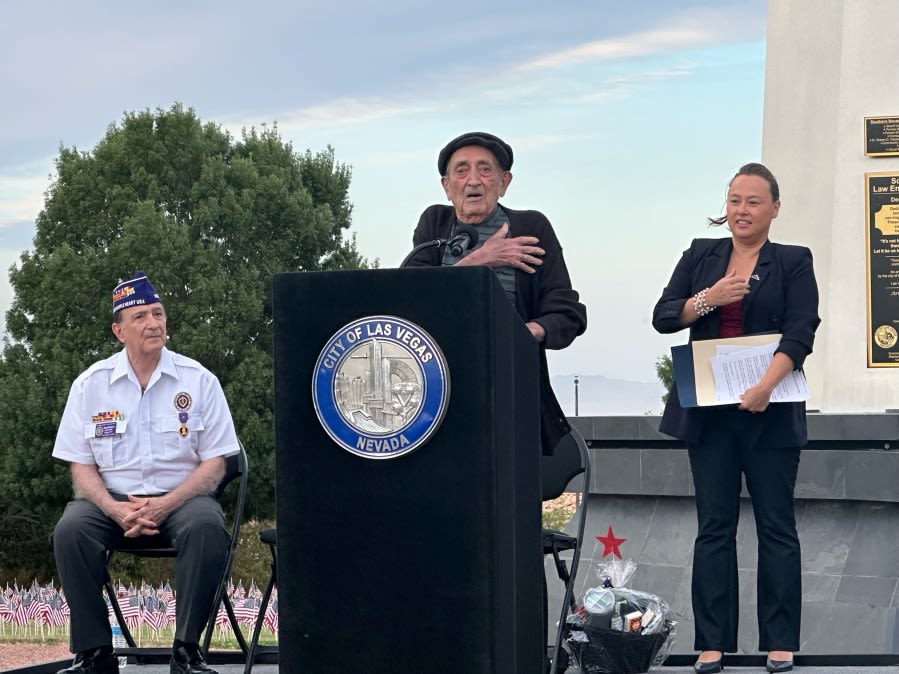Search results
People also ask
Why did D-Day happen on June 6 1944?
When was D-Day in WW2?
What was D-Day?
What happened on D-Day?
On June 6, 1944, more than 160,000 Allied troops landed along a 50-mile stretch of heavily-fortified French coastline, to fight Nazi Germany on the beaches of Normandy, France. Gen. Dwight D....
News about D-Day, Normandy, Wagner College
- Buildup and Training
- The Plan
- D-Day
- Hedgerow Fighting
- The End of The Normandy Campaign
The planning for an invasion in northwest Europe began years in advance, although it was not until December 1943, when General Dwight D. Eisenhower was appointed Supreme Commander of the Allied Expeditionary Force, that preparations for the future operation, code-named OVERLORD, intensified.
Operation FORTITUDE successfully deceived German High Command into expecting a landing at Pas de Calais. Instead, the Allies targeted a 50-mile stretch of Normandy coastline. The plan had two components: Operation NEPTUNE, the naval assault phase, and Operation OVERLORD, the broader invasion strategy. Approximately 160,000 Allied soldiers were to l...
Initially set for June 5, D-Day was delayed due to poor weather. With a small window of opportunity in the weather, Eisenhower decided to go—D-Day would be June 6, 1944. Paratroops began landing after midnight, followed by a massive naval and aerial bombardment at 6:30 AM. American forces faced severe resistance at Omaha and Utah beaches. Despite c...
For all of the preparations made for OVERLORD, the Allied forces were ill-equipped to fight in the hedgerows they quickly encountered in Normandy. The Normandy Bocage presented unexpected challenges with its dense hedgerows and narrow roads. German forces used the hedgerows defensively, creating deadly killing fields that Allied troops had to cross...
American forces isolated and captured Cherbourg by June 27, while British forces secured Caen by July 9. Despite these victories, progress was slow. On July 24-25, American forces launched Operation COBRA, breaking through German lines near St. Lo. This marked the end of the Normandy campaign and the beginning of the Allied push to liberate norther...
On 6 June 1944, Allied forces launched Operation Overlord and began the fight to liberate north-west Europe from German occupation. Hear IWM curator John Delaney explain how this complex land, sea and air operation was planned - and the significance of the Allied success. © IWM (A 25665) D-Day.
June 6th, 1944: More than 150,000 Allied troops land on the beaches of Normandy, France, as part of the largest seaborne invasion in history. Known as "D-Day," the name and date loom large in the memory of World War II—perhaps second only to December 7th, 1941. These two dates stand on opposite ends of American involvement in the war, and ...
The National WWII Museum | New Orleans: Learn: For Students: WWII History: D-Day: June 6, 1944. Preparing for the Invasion. "Everything indicates that the enemy will launch an offensive against the western front of Europe, at the latest in the spring, perhaps even earlier...." --Adolf Hitler, Directive No. 51, November 3, 1943.
The D-Day operation of June 6, 1944, brought together the land, air, and sea forces of the allied armies in what became known as the largest amphibious invasion in military history. The operation, given the codename OVERLORD, delivered five naval assault divisions to the beaches of Normandy, France. The beaches were given the code names UTAH ...
D-Day occurred on June 6, 1944. The timing for launching such a large-scale invasion was crucial, limited to specific days each month due to the need for a full moon to provide light for aircraft pilots and the spring tide. Originally, June 5 was tentatively chosen by Eisenhower for the assault.


